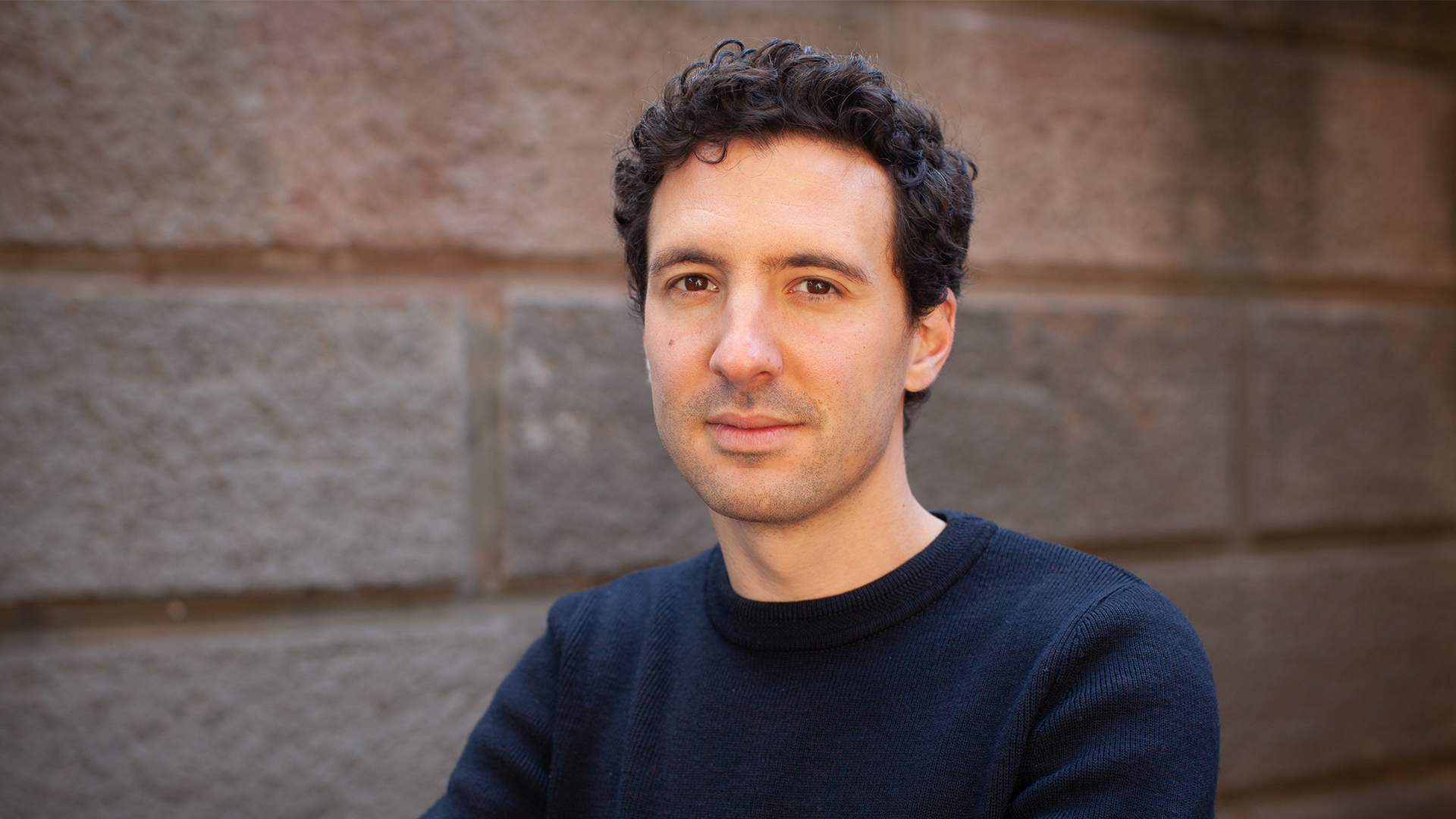
Research Scientist Michaël Gharbi was always interested in making images. Before college, he contemplated a career in film, but his father steered him toward an engineering degree instead. So, Gharbi dove deep into math and physics, earned a PhD, and found his way back into the creative world he loves—through computer graphics and computational photography.
In his current work at Adobe Research, Gharbi tackles imaging challenges. One of his big projects—Super Resolution—uses machine learning to let users of Lightroom and Photoshop quadruple the resolution of their photographs. The technology won several awards in 2021, including Time’s Best Inventions, Popular Science’s Best of What’s New Award, and Fast Company’s Best New Innovations.
We talked to Gharbi about the research he’s most excited about, what it was like to start at Adobe as an intern, and why Adobe Research is a good place to teach, research, and impact the world.
What kinds of problems are you interested in solving? And what are you working on now?
When I started in computer graphics, it was a pivotal moment for machine learning—back around 2012 there were revolutionary developments with convolutional neural networks. So, I got exposed to those tools and many brilliant colleagues of mine showed me the ropes. I decided to focus my research on machine learning for imaging applications—and machine learning now permeates my work.
I work on many low-level imaging problems, including improving the quality of photographs by removing noise and blur, sharpening images, and increasing resolution. I also work on higher-level problems that relate to imaging, such as tools that can alter the illumination of a photo after the fact. We presented some of this in the MAX Sneak of Project Light Right a couple of years ago.
I’ve also gotten into exploring high performance computing/imaging. When you develop an algorithm, most of the time it’s got to be deployed on a customer’s laptop or even on mobile. That means a lot of code optimization needs to happen to the experimental algorithm before it can perform well in production.
I’ve co-developed algorithms that help you optimize code and machine learning tools that help you write better code. My interest in images also got me to work on 3D rendering and image synthesis problems, and more recently I’ve been interested in developing machine learning solutions for vector graphics, which is the 2D aspect of graphics—things like how we draw curves and illustration-type images.
What are some of the themes you see coming up in your research field over the next few years?
I think we’re at a pivotal moment for imaging research. Machine learning is significantly impacting people’s lives, but it is also changing the way we do research.
We’re building bigger and bigger machine learning models, models that are extremely costly in terms of the resources they take for training and the amount of data required to train them. A current trend in research is to throw more and more data at a given problem, but I believe we will never fully solve problems just by throwing data at them. So, I think there’s still a good reward for being cunning and saving performance by designing models that are more efficient or exploiting prior knowledge we have about the problem domain.
We also need to look at the sources of our data. If you’re going to get tons of example images from artists and then create a model that can generate new artwork, some of that artwork is going to be related to the work of the original artists. There are challenging issues about how to attribute credit to the artists who made the data.
You started at Adobe Research as an intern. How was that experience, and what brought you back after your PhD?
From my very first internship as an undergrad, my mentor was so welcoming. The culture was open, and it felt like an academic research lab in the sense that people could really work on what they wanted to do. But there was still the potential to rapidly transfer the technology to cool products that impact the world in a positive way.
So, it was the people and the research opportunities that brought me back.
Now you have interns yourself. What’s that like?
I really love the internship program. You work with very talented students who create exciting work and, sometimes, you get tempted to become a student again yourself—to go deep into the weeds, crack the math, try ideas, and start coding—but then you realize, oh no, I should take a step back, read papers, guide the student from a higher vantage point, and help them carry and position the work.
It’s only been three years, but some of the students I’ve worked with have already come back to join Adobe. When they tell you that you truly had an impact on their career, that means a lot.
What advice would you give to someone who’s thinking about joining Adobe Research?
The bar is high, but it’s worth pushing it. Come for an internship—I think that’s one of the best ways to see what Adobe has to offer. Then, work hard on your research and be passionate about what you do. Come to play, to learn. Give it a shot.

